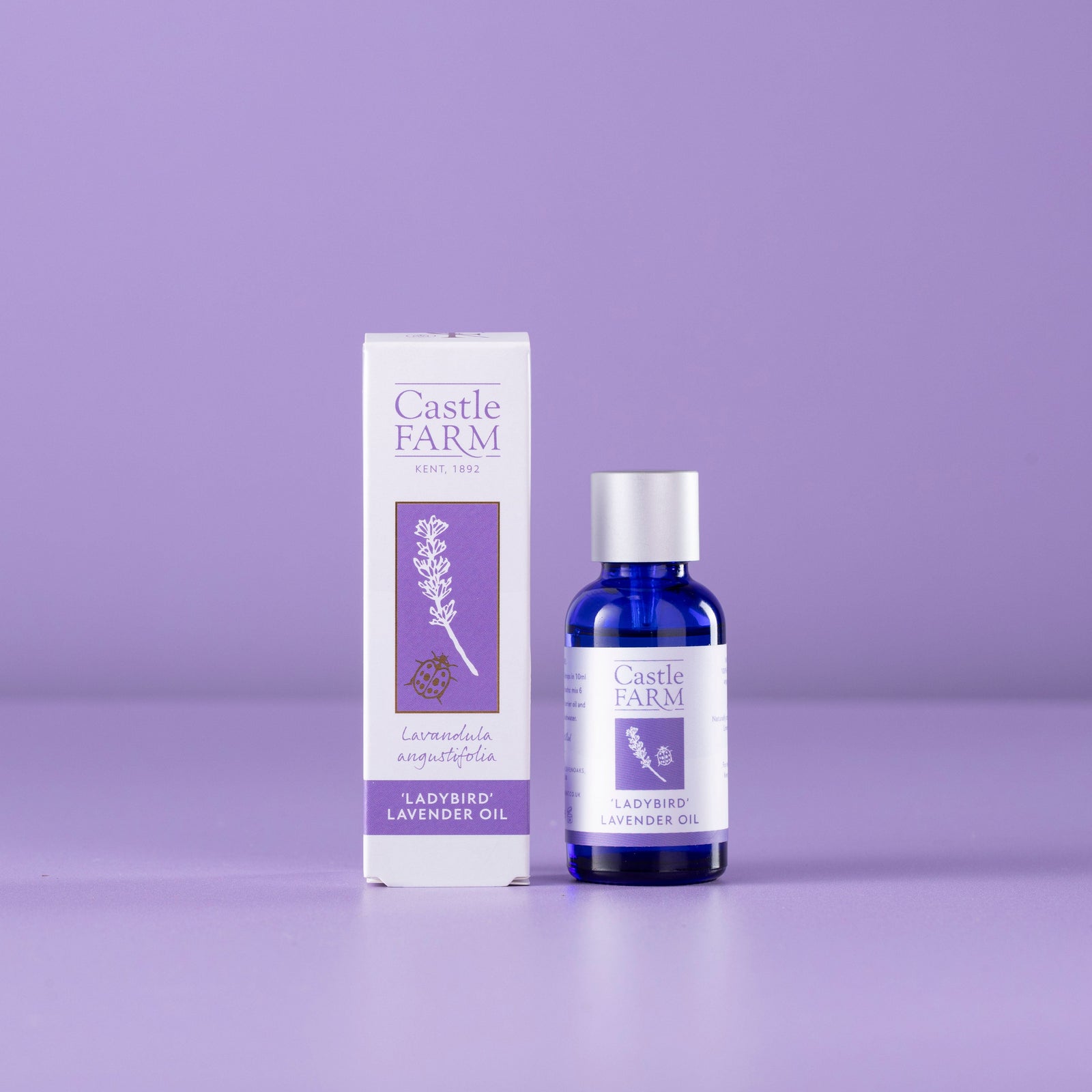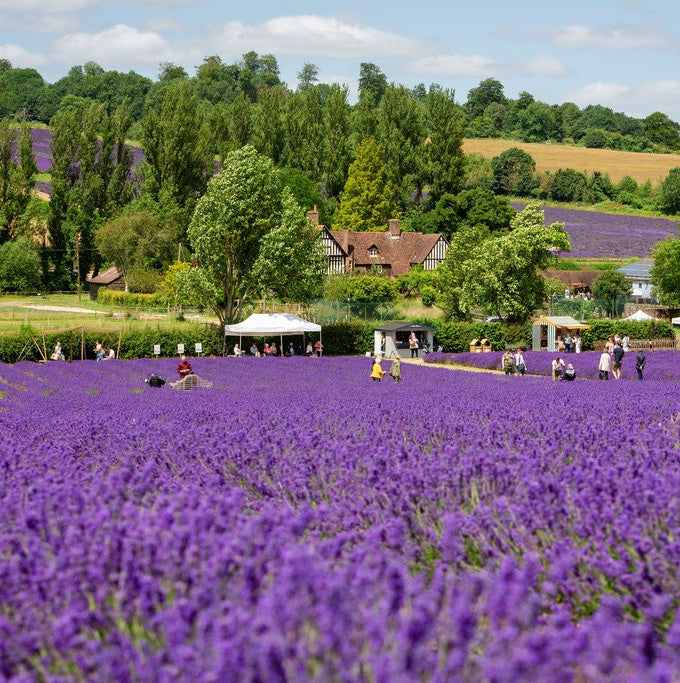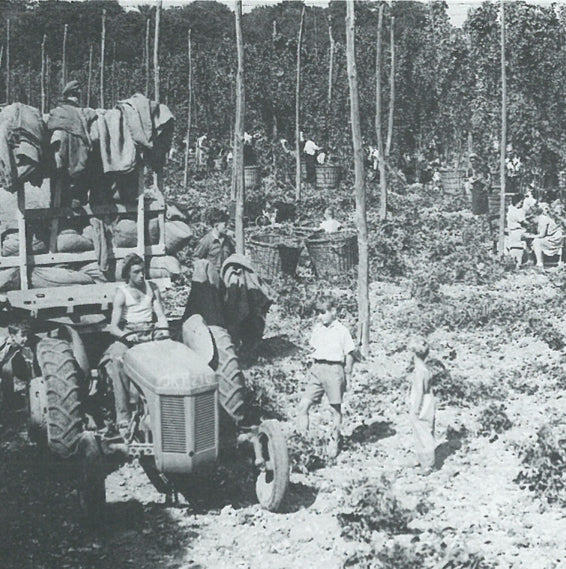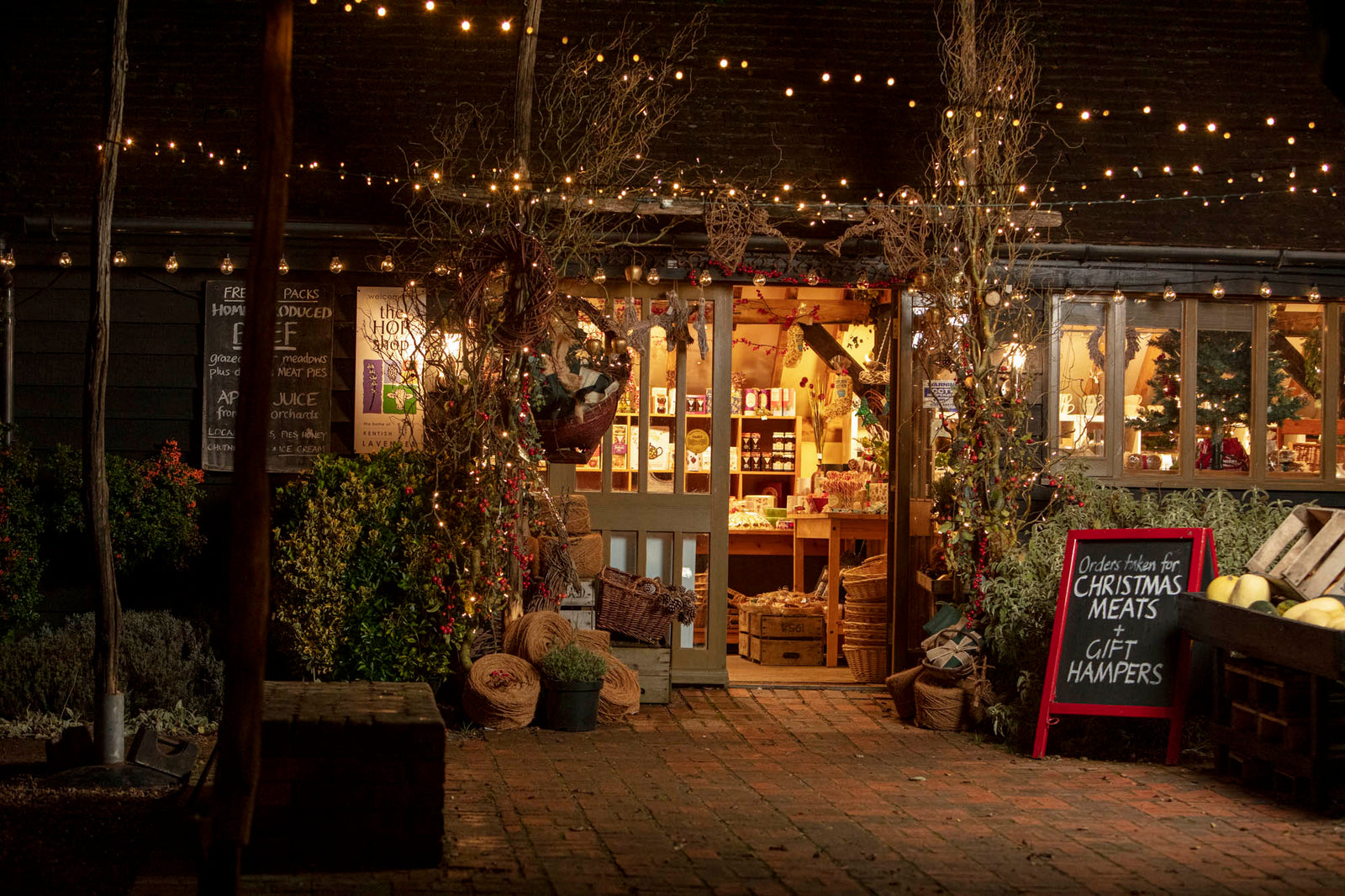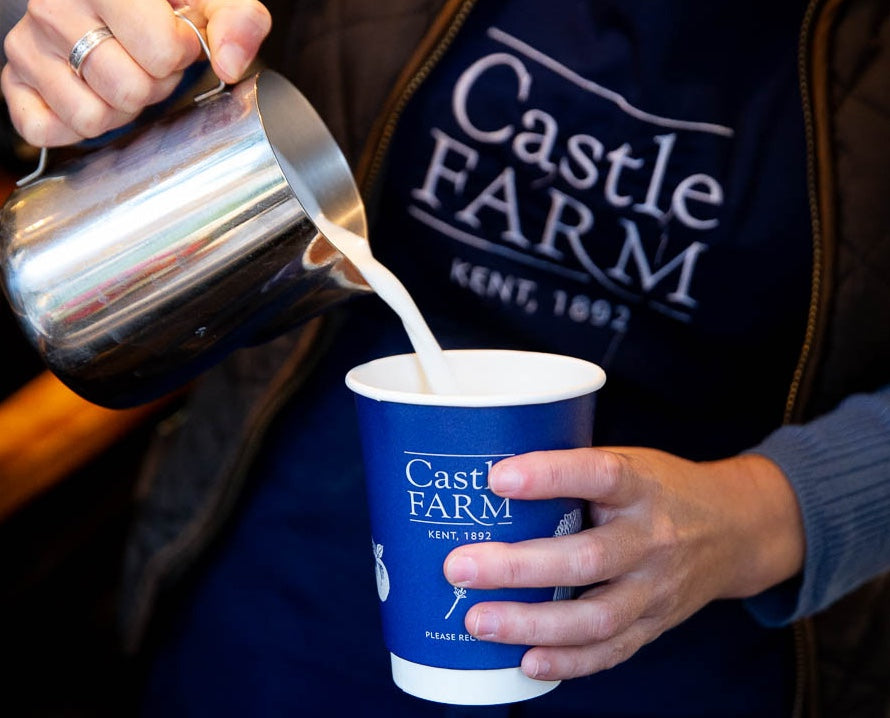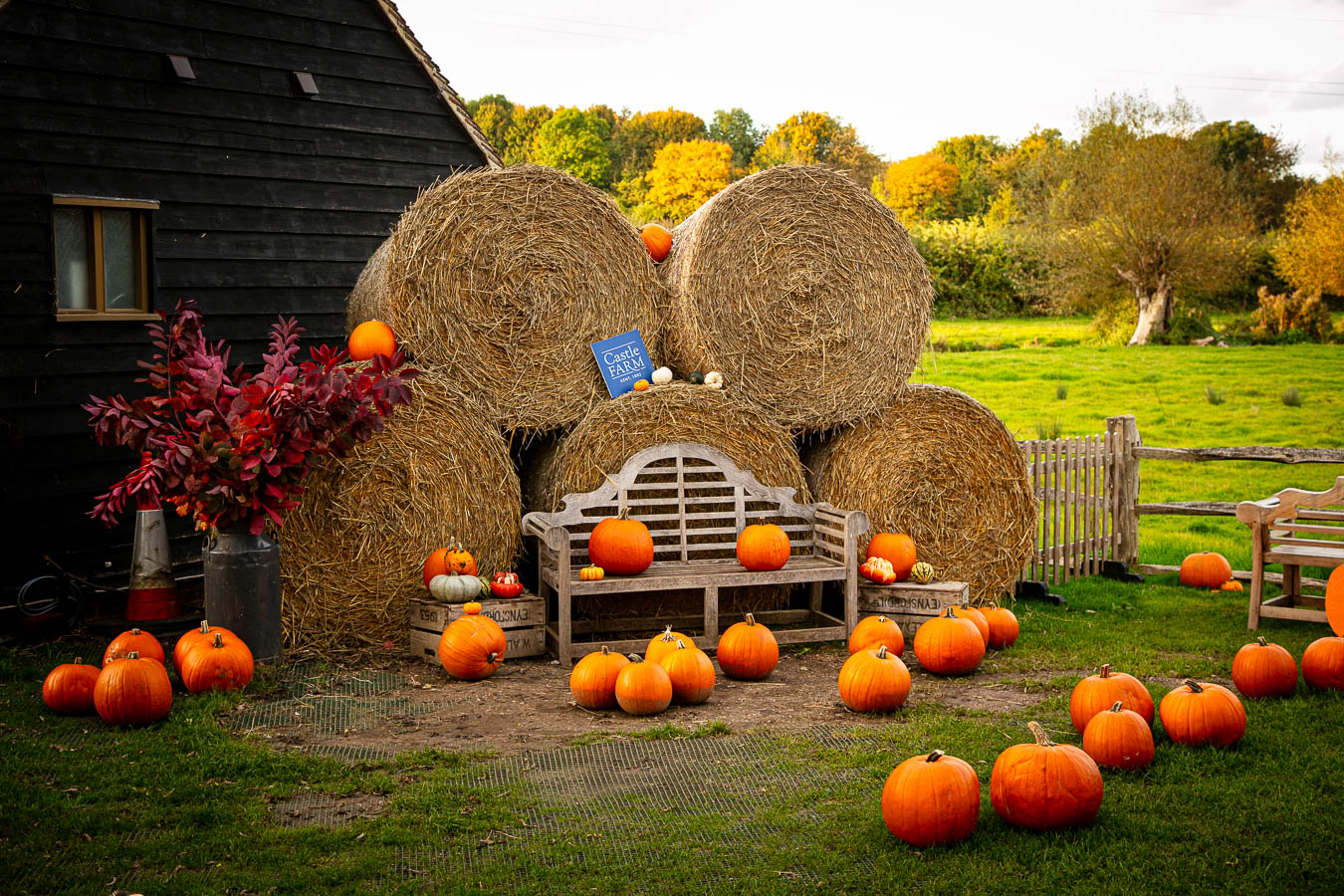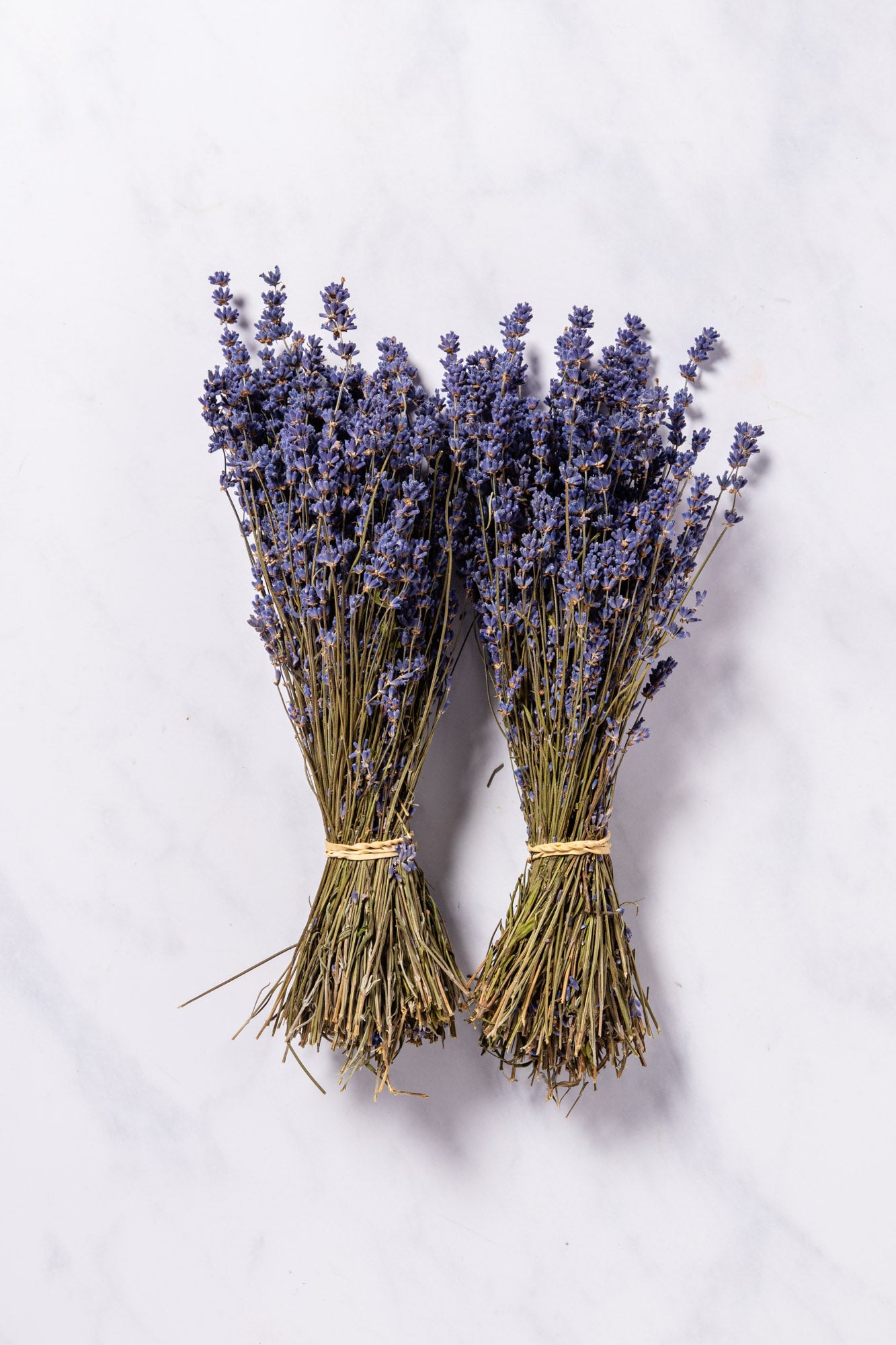The History of Hops on Castle Farm
On a lovely warm day in September we welcomed Paul O’Grady and the ITV team into our Hop Gardens at Castle Farm. Amidst the sun-dappled Hop Bines Paul met with Farmer William Alexander to learn about the history of Hops on Castle Farm and throughout Kent. Paul also used dried Hops to make his own Bedside Potpourri with our Lavender & Hops.


Old maps show that Hops have been grown on Castle Farm for over 400years, taking advantage of the rich fertile soil in the Darenth Valley. Originally these beautiful green bines were grown for brewing beer.. with the delicate Hop flowers containing ‘lupulin’ which provides the important bittering agent for beer, as well as essential oils for the aroma.

Before mechanization, whole families would often travel down from the London docks, south of the Thames to spend their ‘summer holidays’ picking hops. They would not only be earning a wage, but enjoying the community atmosphere on Kentish Hop farms where they would live temporarily in ‘hoppers huts’.


Hop flowers would be individually picked off the bines into large wicker ‘Hopping Baskets’, which were then measured by the ‘Tallysmen’ who would come round and noted the volume picked by each family every day.
It was safe to say that those working in the Hop Gardens always slept well….. farmers noticed very quickly that even though Hop picking was no more physical than any other farm job, they had more who ‘fell asleep on the job’ out in the Hop fields! Hence the revelation that Hops hold a strong soporific quality!
After harvesting the hop flowers would be air dried in oast houses (many of which you can still recognize in Kent today), and packed tightly into ‘Hop Pockets’ to be made ready for market.

Today, we still grow Hops in the same field, but no longer for beer. All Castle Farm Hops are grown for interior decoration or for Sleep. To achieve top decorative quality, our hops are planted at extra-wide spacing to encourage flowering along the full length of the bine.

The mature bines are harvested from mid-August to mid-September when in their prime and have their freshest green colour. They are sold as fresh-cut bines for immediate decorative use, or as dried bines, which after harvest are carefully dried in temperature and humidity-controlled sheds to hold their colour.
They are then boxed and stored in insulated, dehumidified barns for sale throughout the year. The decorative bines are approximately 3m (10ft) in length.
Our Hops are also used as part of our Natural Sleep Range and in our Sleepy Scent in which we have combined the soporific qualities of Hops with the relaxing aroma of Castle Farm Lavender.
Shop our full Natural Sleep Range here. Or try making your own Sleepy Pot Pourriwith dried Hops, Lavender and Sleepy Scent here.

